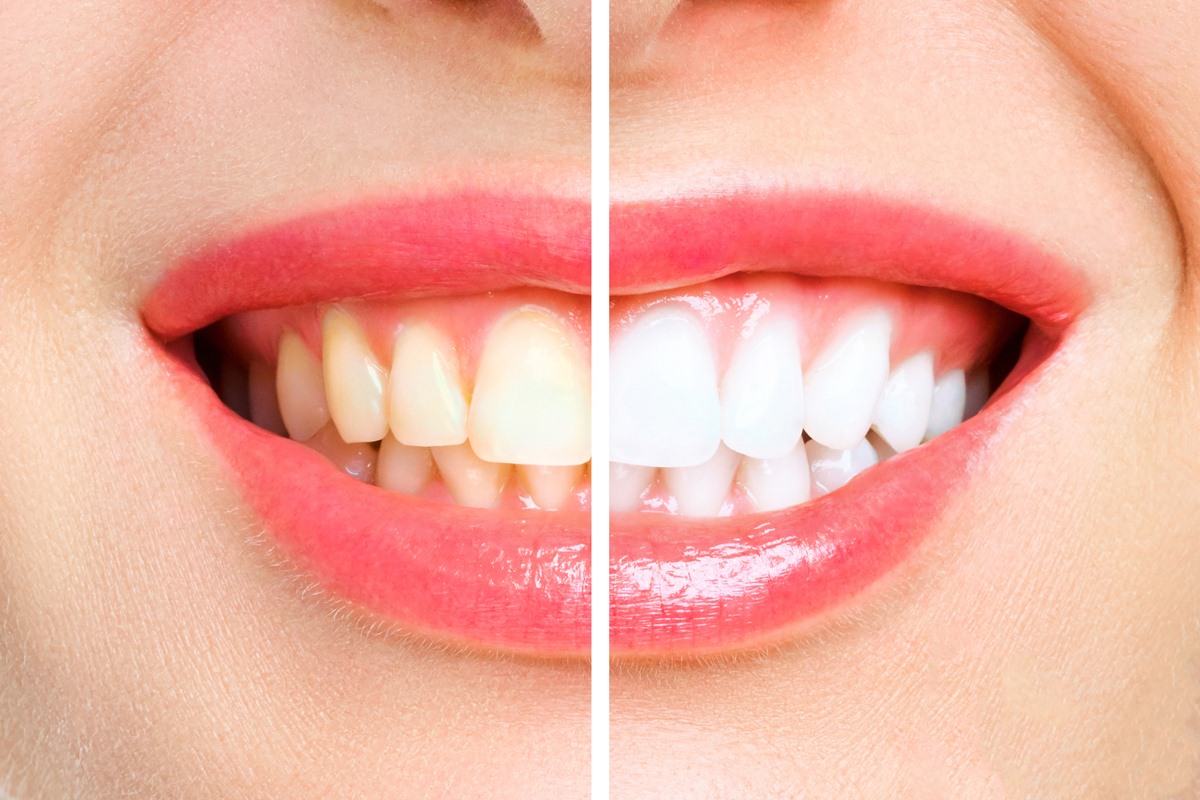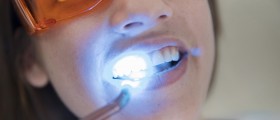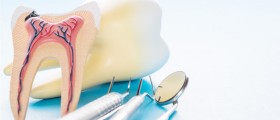These days, everyone wants a great smile. Unfortunately, not everyone has perfect white teeth and even those who do are not immune to the natural discoloration that occurs with age. This discoloration happens for several reasons; our diets can cause it - drinking too much red wine and tea will darken teeth, as will smoking. Aging can also lead to a change in the mineral structure of teeth, with enamel becoming more porous. Medicines such as tetracycline can also lead to staining. The layer of dentin under the enamel may also become stained over time, resulting in staining occurring from the inside out.
As a result of this natural occurrence, many people are willing to spend money to have their teeth whitened professionally, while most just want to find the best product available. With the large variety of available treatments, it can be difficult to decide on the right one.

Bleaching
Bleaching is the most widespread method of whitening. One process involves the insertion of a molded 'teeth tray' containing a whitening gel solution. The tray can be left in overnight and, generally, results can be seen within a week. Alternatively, small strips worn over the front teeth may be used. The whitening gel employed is usually made up of hydrogen peroxide or carbamide peroxide. This gel enters the porosites in the enamel and oxidises interprismatic stain deposits. After a time, the dentin layer beneath the enamel is also bleached.
Laser Whitening
A more expensive option is laser whitening. Used widely by celebrities and the rich, this process involves the application of whitening gel to the teeth, followed by the pointing of a laser at the solution. Supposedly, the presence of the laser causes a chemical reaction and speeds up whitening. Rubber material is applied in order to protect the gums.
Although this treatment can be prohibitively expensive and thus unavailable to many people, dentists claim that the process can make the teeth six shades whiter than other treatments and effects are said to last up to three years. However, the longevity of the treatment will of course depend on the lifestyle of the patient and how willing they are to avoid common causes of discoloration such as smoking and excess consummation of liquids such as tea, coffee and red wine.
Other treatments
If whitening does not produce the expected results, there are other alternative treatments. Veneers can hide discoloration or staining. Another method, known as bonding, sees a thin coating of composite material applied to the front of the teeth. A blue light is then used in order to disguise the staining.
- www.bu.edu/articles/2012/the-truth-about-teeth-whiteners/
- Photo courtesy of SteadyHealth

















Your thoughts on this
Loading...